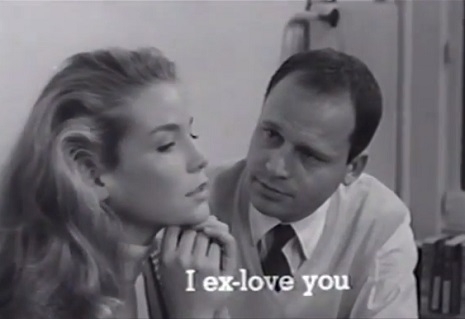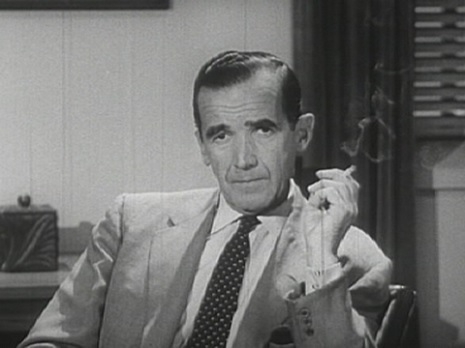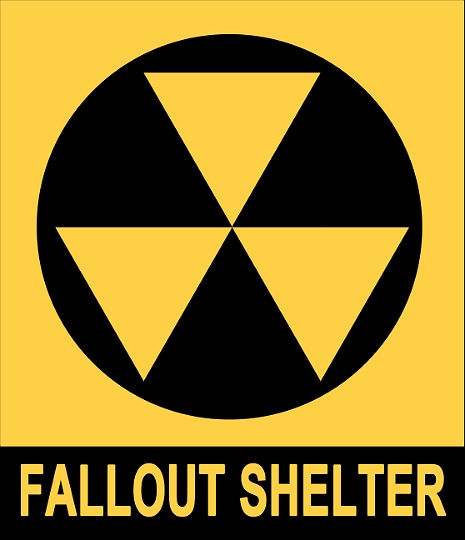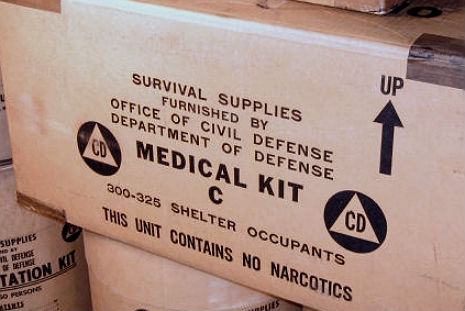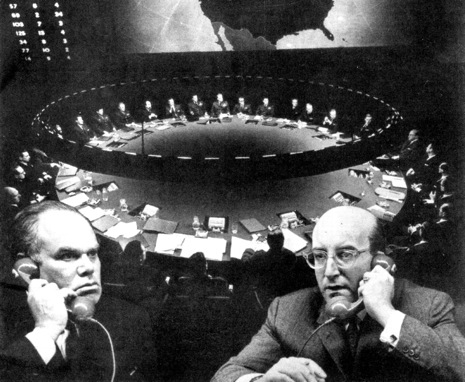
The prospect of catastrophic nuclear war has an interesting effect on the human psyche. My dad used to work for a man named Herman Kahn, who became famous in the early 1960s for writing a book called Thinking About the Unthinkable, which sought to analyze outcomes in which some portion of humanity survived the conflict more or less normally. Kahn’s reward for this was being savagely caricatured in the form of the Groeteschele character played by Walter Matthau in Sidney Lumet’s 1964 drama Fail-Safe. (Just a few months earlier, Kahn, along with Wernher von Braun, John von Neumann, and Edward Teller, became one of the quartet of people that went into the creation of Peter Sellers’ delirious eponym in Stanely Kubrick’s Dr. Strangelove or: How I Learned to Stop Worrying and Love the Bomb.)
The Reagan years were an interesting time to be terrified of a war between the Russians and the Americans. For whatever reason the year 1983 was the, er, “ground zero” for the trope in pop culture. You had the absolute non plus ultra of “event TV” in ABC’s televised movie The Day After, which on November 20, 1983, imagined a nuclear warhead taking out Lawrence, Kansas. The same year saw the release of the grim Jane Alexander movie Testament and the sprightly hacker fantasy WarGames, both of which drew narrative oomph from the prospect of mushroom clouds over America. And of course the Wolverines of Red Dawn would beat the Russians guerrilla style a year later.
In 1982, however, a delicious and peculiar bit of black comedy hit the bookshelves, a parody of a children’s activity book that was executed almost too well—squint, and you just might mistake it for an earnest and actual fun book for the Armageddon to come. Which might be a backhanded way of saying the book isn’t really all that funny. But it sure is interesting.
The book was written by Victor Langer and Walter Thomas. You have to give them credit, they really nailed the tone they were going after, from the earnest assurance that some “prewar” activities have been included so that kids don’t have to wait until nuclear disaster strikes to begin having fun, to the bleak and vivid prospect of a “paper doll nuclear wardrobe,” which enables you to dress up mom and dad in a bodybag.
I don’t know much about the two authors, except that parodies such as this was Langer’s stock in trade for a while there—other titles included The IRS Coloring Book, Surviving Your Baby and Child, and a parody of The Whole Earth Catalog under the title The Whole Whog Catalog that somehow featured an introduction by none other than Chevy Chase.
Now that we’re annoyed at the Russians again, this book weirdly seems very much of our own time somehow, which might account for the startling prices the book is fetching on Amazon.


More from this remarkable little book after the jump…...








